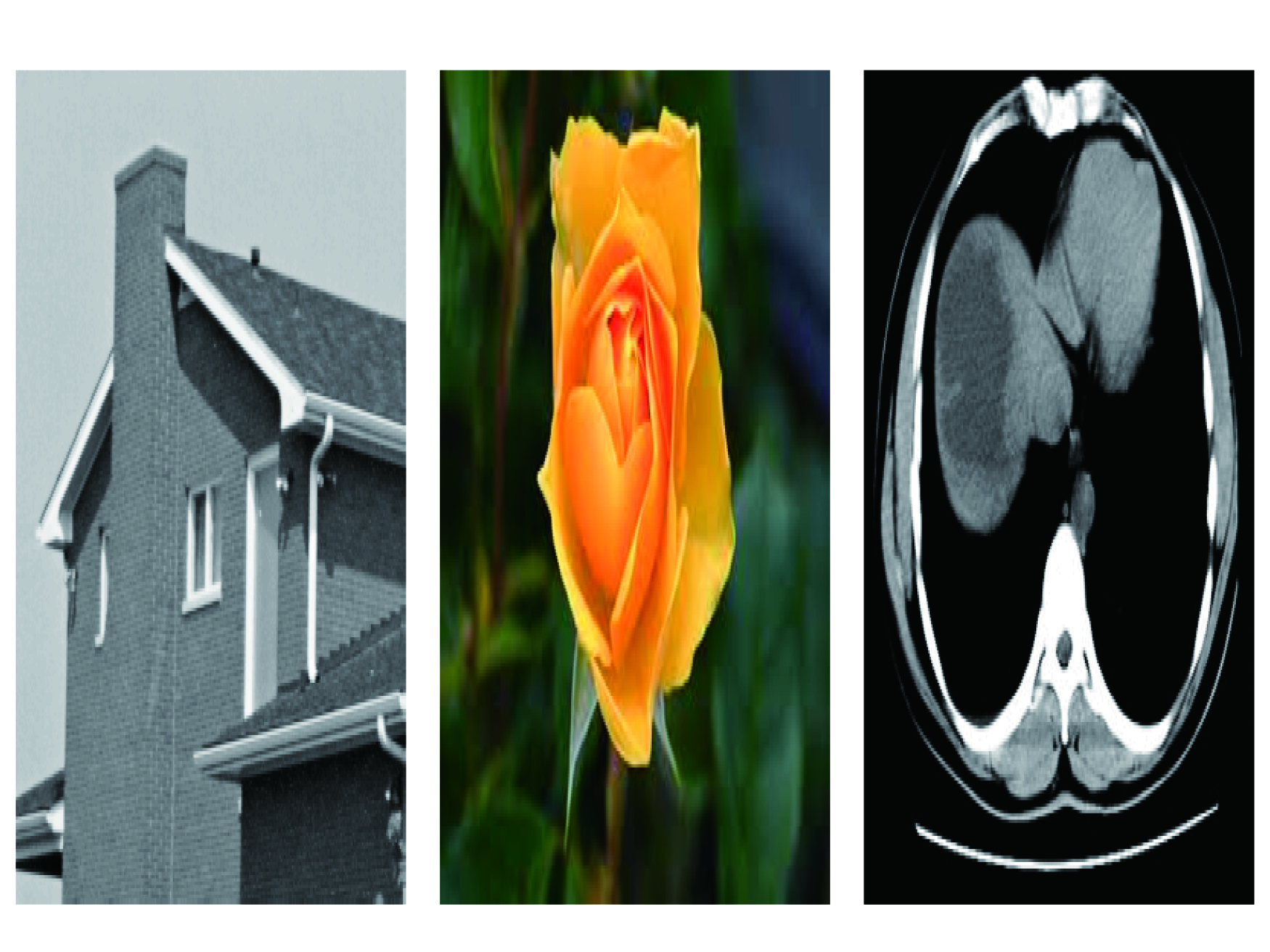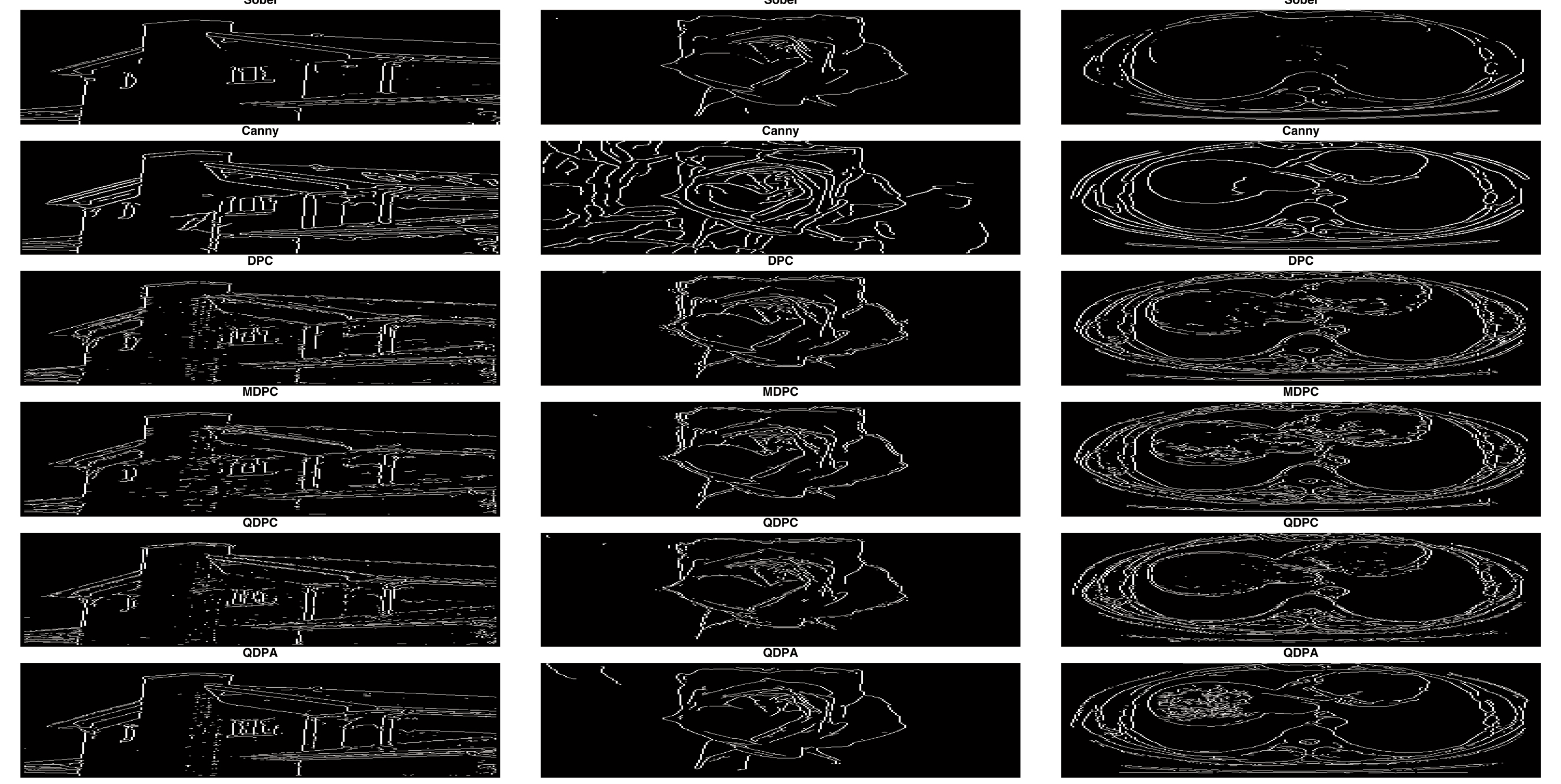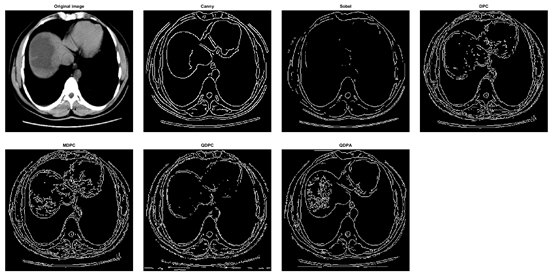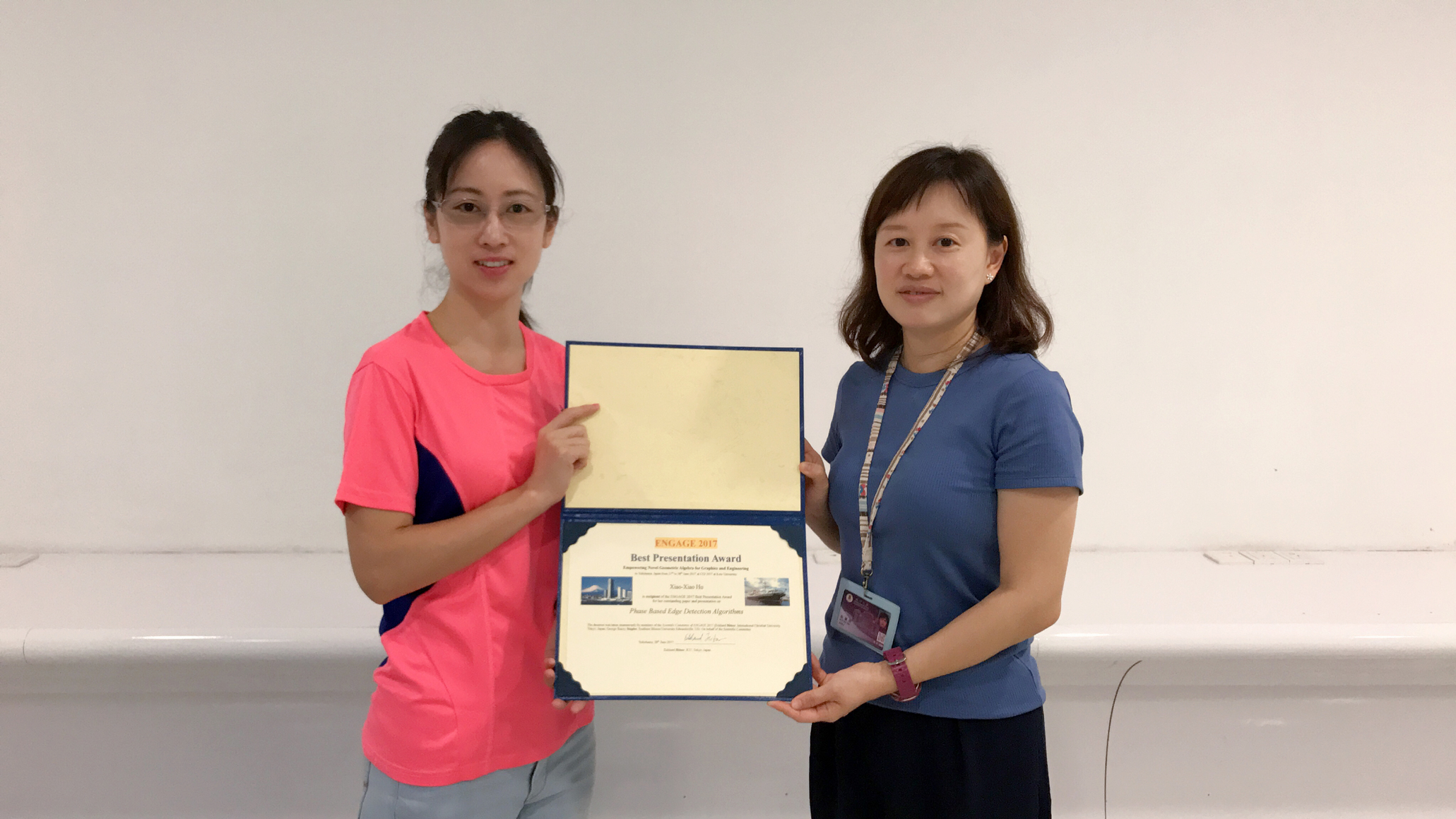Source: umagazine
Edge detection is one of the most basic tasks in image processing and analysis. It is also a problem for which no perfect solution has been found. The edges of an image consist of the location and outline of the image. These edges are basic features of the image and are widely used in feature description, image segmentation, image enhancement, image restoration, pattern recognition, and image compression.
Detection and Extraction Methods
For this reason, developing methods for detecting and extracting the edges and outline features of an image has always been a hot subject of research in the field of image processing and analysis, with new theories and methods constantly emerging. Because of the influence of various external factors, during the process of image retrieval and transmission, images are subject to disturbance of noise whose frequency is similar to that of the edge points. As a result, image edges thus extracted suffer from various problems, including false detection, false positives, false negatives, and edges not being of the single image original width. Therefore, edge detection technologies for noise in image are receiving increased attention. The traditional Sobel and Canny filters, while having extensive applications, only consider locally large gradient, especially large gradient in colour and brightness. These features cannot simulate complex images or hidden information. Changes in brightness or colour alone are not sufficient for accurate edge detection. To better evaluate edge detection algorithm, our research team built a series of phase detectors and conducted edge detection by combining various features, including colour, brightness, and gradient. These detectors are called phase edge detectors, or QDPC/QDPA for short. Figure 1 contains three images found on the internet, of a house, a flower, and a liver, respectively. We then compared the performance of different phase edge detectors.
As shown in figure 2, QDPC and QDPA performed better than Sobel and Canny. Firstly, the image of the house shows that phase-based methods (DPC, MDPC, QDPC, QDPA) can perform very well in presenting the details of the chimney of the house. Both phase-based methods and Sobel can extract the flower from the background. But Canny cannot separate the flower from the background. Secondly, for the liver image, QDPA performed better than the other methods, with fewer errors and better results.
Detecting Shaded Regions of the Liver
Neither Canny nor Sobel can detect the shaded regions of the liver. To suppress noise, Canny edge detector first smoothed out the image. But this process can cause the loss of edge points. So, Canny treated the shaded regions as noise and deleted them. Moreover, there is no significant difference between the shaded regions and their surrounding regions in terms of colour. Sobel failed to detect the shaded regions. The DPC, MDPC, QDPA and QDPC are all based on the phase methods. These methods include the properties of an image. We can see that these methods can detect the shaded regions of the liver clearly. QDPA not only can detect the smooth areas, but can also accurately and clearly detect the shaded regions of the liver.
The phase algorithm proposed by our research team not only performs very well in processing feature details, but also can reveal more feature details of the image. We also discovered that phase has an important status in edge detection, and phase-based methods excel in detecting feature details. The phase detectors we developed are based on analytic signal theory. Analytic signals play an important part in signal processing. An analytic signal only has a positive unilateral spectrum. This makes it easier to understand certain properties of analytic signals, and has led to the development of modulating and demodulating techniques. Analytic signals can be used to obtain signal envelope, phase, and frequency. They can be used to detect local features of signals. A phase contains feature details of a signal, and this property inspired us to use phase-based methods in image processing.
Social Applications of Edge Detection
In the following, I will briefly discuss how edge detection can be used in the Macao society.
License plate detection: Today, cars are everywhere. Intelligent traffic control will no doubt become the future trend. So I will briefly discuss how we can apply edge detection in license plate detection. License plate detection technology is widely used in tollgates as well as parking lots in public places, companies, and residential areas. So improving this technology is of great practical value. First we conducted sample image gray scaling and QDPA operator edge detection. Below is a comparison of the two images (take this vehicle as an example)
Detecting hidden information in medical images: What distinguishes our phase-based detection methods from traditional edge detection methods such as Canny and Sobel is that we not only can detect the edges of an object; we can also detect some hidden information of the test object. It is impossible for these details to be detected via traditional methods because there is very little difference between the colour of these details and the colour of their surrounding regions.





